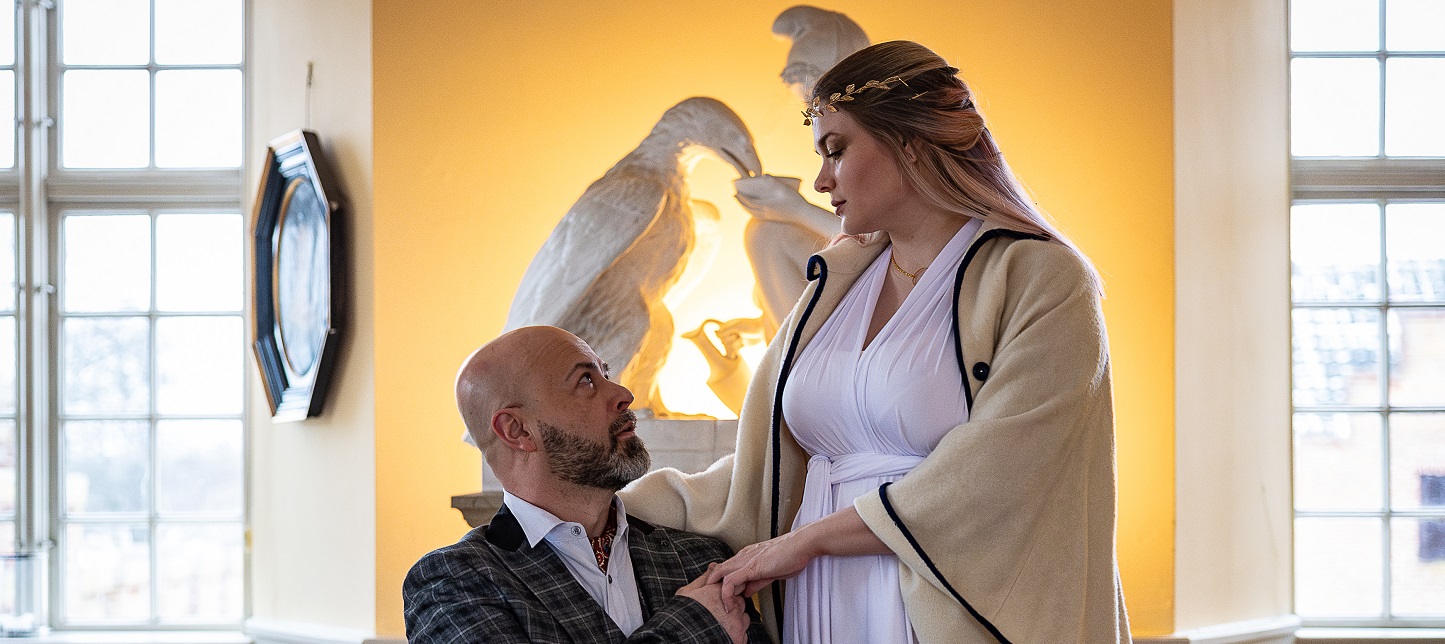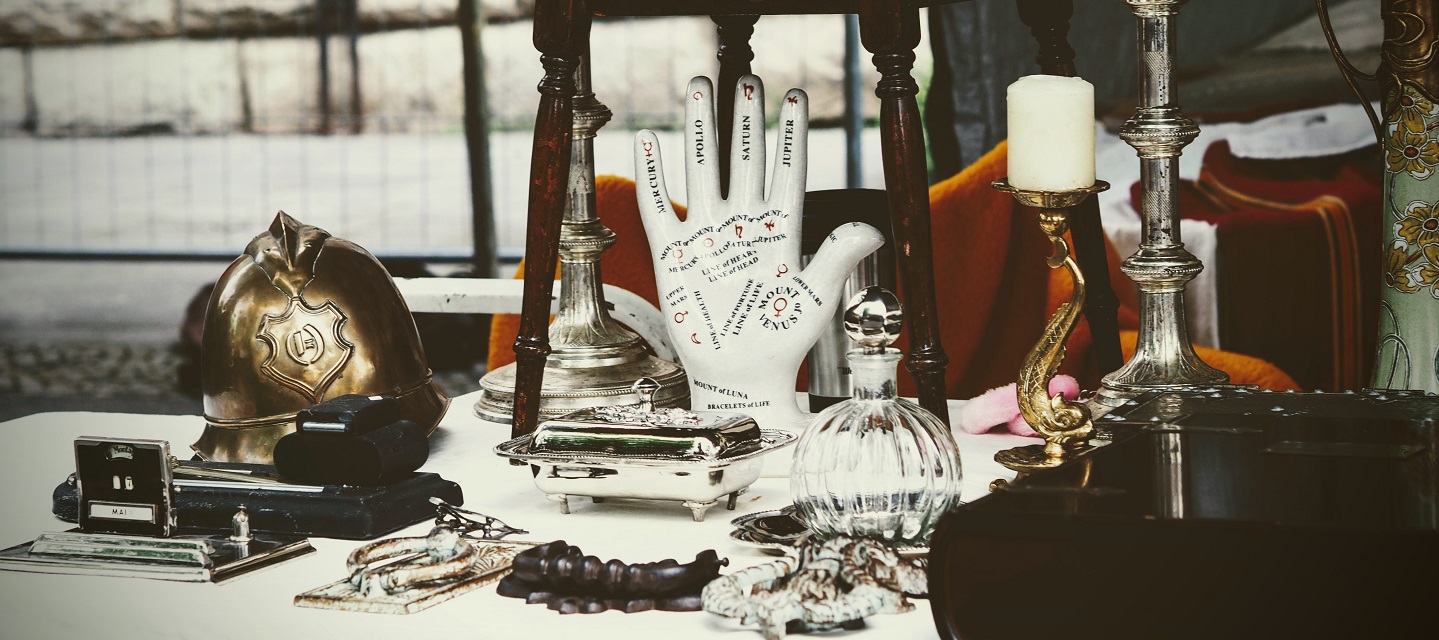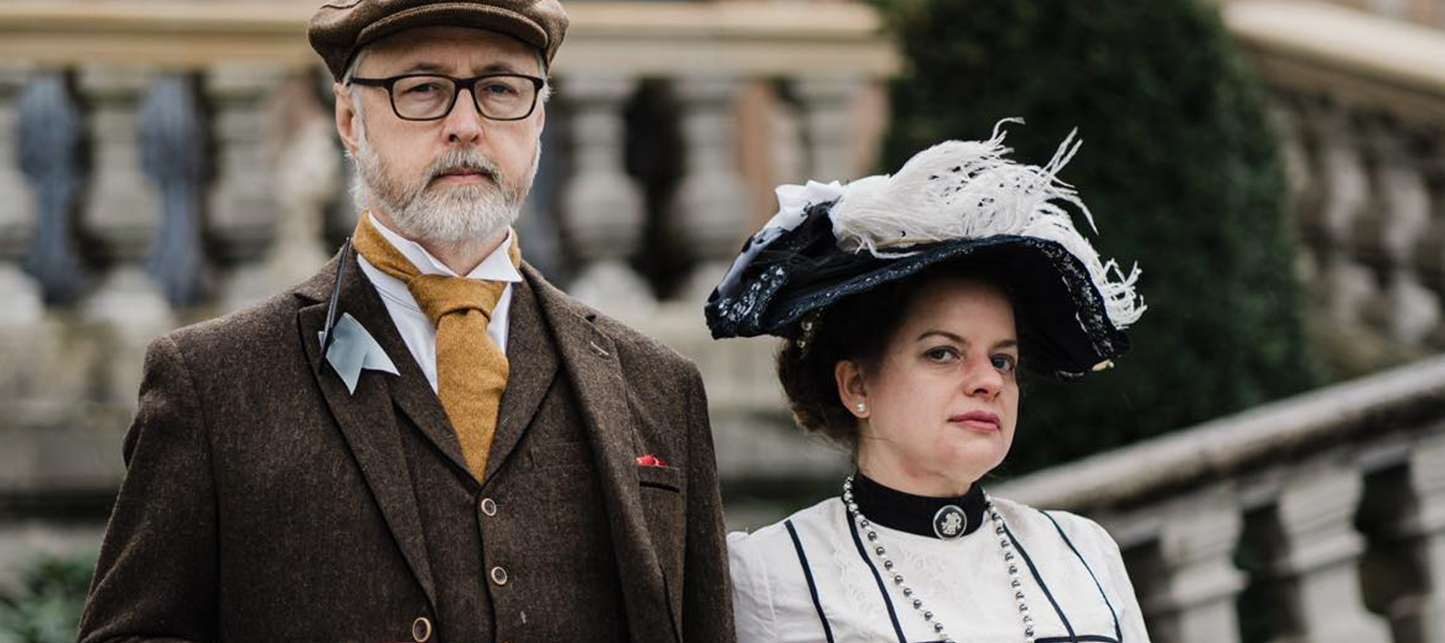Tag: calibration
-

How I Learned to Stop Faking It and Be Real
in
Communicating about mental health issues can make us better larpers.
-

Helicon: An Epic Larp about Love, Beauty, and Brutality
Ritual play in which group of artists, leaders, and scientists bind the Muses of antiquity to their will.
-

Larping Before the Larp: The Magic of Preparatory Scenes
in
How short facilitated scenes larped during workshops can enhance play.



